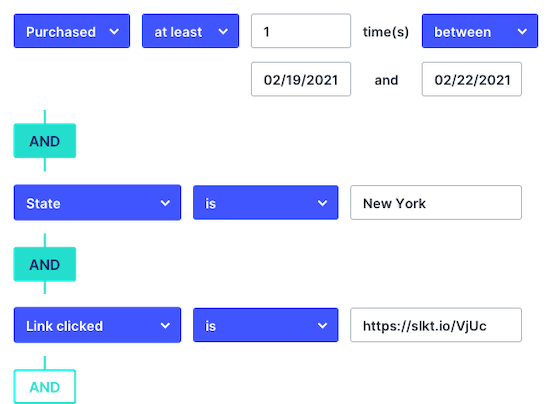We'll help you deliver value with a comprehensive text message marketing strategy...
Subscriber Growth
List growth is the foundation for any successful SMS marketing program. The larger it grows, the more value you drive. We’ve built the industry’s most comprehensive set of subscriber growth tools to maximize the size of your audience and keep it growing.
Our customers are building their text marketing lists fast and consistently using our website popups, landing pages, social opt-in links, custom QR codes, checkout forms, short codes, and third-party integrations... all with compliance built in every step of the way.
Let's Talk. We'll Help You Grow.
Mobile Engagement
Our service makes it easy to engage your subscribers with relevant, personalized mass text messaging and one-on-one conversations that build loyalty and drive action. Beyond messaging, our SMS marketing software offers an array of tools to further advance engagement with your audience.
From text-to-win contests and SMS surveys to digital mobile coupons and loyalty rewards programs, this text message marketing platform has everything you need to connect with your audience in fun and meaningful ways.
Request a Demo
Targeted Messaging
Consumers expect value and relevance when receiving messages from their favorite brands. This is especially true with text message marketing. The more personalized and relevant your texts are, the more ROI you’ll realize.
Our segmentation capabilities help marketers personalize messaging and maximize results by creating targeted lists based on any number of things such as location, age, purchase history, click behavior, and so much more. Segmented messages always outperform and help you get the most out of your SMS text marketing campaigns.

Elegant Automation
Build hyper-personalized text message marketing experiences at scale with our automated workflows. This one of a kind tool allows you to create automated SMS sequences that engage with people one-on-one. No coding required.
Our customers are using workflows to build welcome series, intelligent chat bots, maximize abandoned cart revenue, nurture leads, collect data, and respond to subscriber behavior. There is really no limit to this easy-to-use, highly flexible tool.
Aside from workflows, we offer many other ways to send automated text messages. Putting some of your SMS marketing on autopilot will help you stay focus on growing your business.













